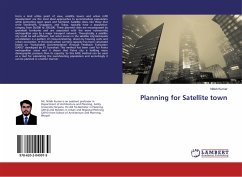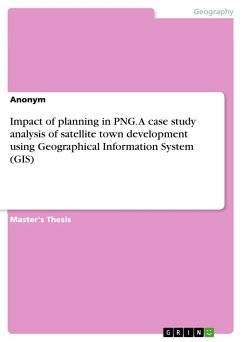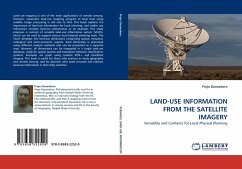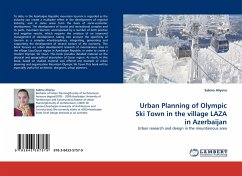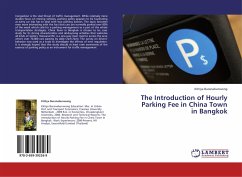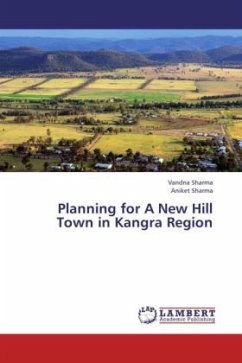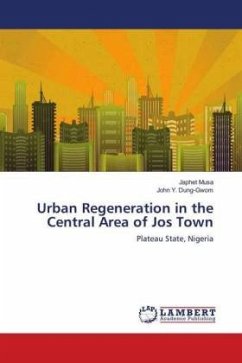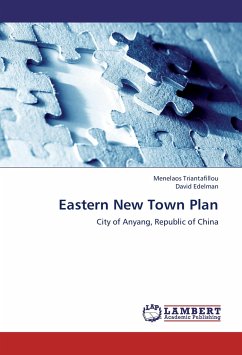From a land utilize point of view, satellite towns and urban infill development are the most ideal approaches to accommodate population while protecting open space and farmland. Satellite cities, like those that circle Stockholm, Singapore, and Tokyo, typically have a population ranging from 30,000 to 250,000. These planned cities are encompassed by greenbelt territories and are associated with the more noteworthy metropolitan area by a major transport network. Theoretically, a satellite city could be self-sufficient, but what occurs in the satellite city/metropolis constellation is a pattern of cross-commuting, driven by housing costs and urban economics. In this book,urban carrying capacity has been calculated based on "Sustainable Accommodation through Feedback Evaluation (SAFE)" developed by IIT Guwahati. This method has been used for Patna metropolitan areas and it shows that Patna city is holding more demographic pressure than its capacity. So this SAFE method can be used as a tool for calculating the overshooting population and accordingly it can be planned in a better manner.
Bitte wählen Sie Ihr Anliegen aus.
Rechnungen
Retourenschein anfordern
Bestellstatus
Storno

